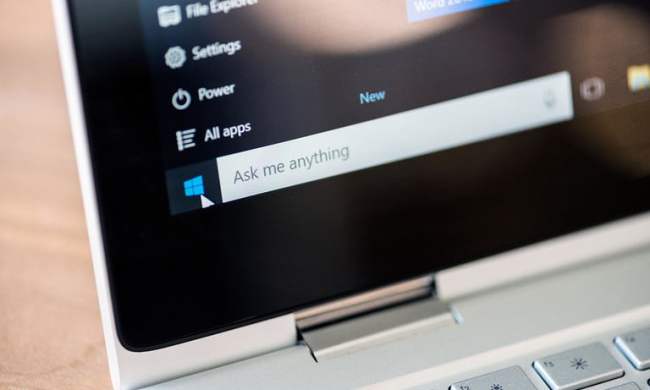
The company launched Windows 10 Insider Preview Build 14316 to participants in the Fast ring on April 6, and with it a number of features slated to be included in the Anniversary Update release planned for this summer. But one Reddit user noticed a little feature that wasn’t revealed in the Anniversary Update announcement during BUILD 2016: the addition of a QR code on the BSoD screen.
If you don’t know what a QR code is, it’s that little box of black and white square dots, a matrix barcode if you will, that can be found on product labels in stores, on product boxes, in the newspaper, in magazines, and more. They can be scanned in using the camera on a smartphone or tablet, and typically send the customer to a product page on the Internet. In this case, they head straight to Microsoft to explain the BSoD error.
“Your PC ran into a problem and needs to restart. We’re just collecting some error info, and then we’ll restart for you,” the BSoD typically reads with a large frowny face pasted above. This is usually accompanied by the actual code, which, in the case of this Reddit user, was “MANUALLY_INITIATED_CRASH.” That means he crashed Windows 10 on purpose to get the BSoD again and take this image.
Right now the QR code leads to a general blue screen error troubleshooting page that includes getting an error while updating to Windows 10, after an update has been installed, or while using the PC. For the latter, Microsoft simply instructs users to check for updates and to remove any new hardware on older PCs. If you’re experiencing a BSoD and can’t get to the desktop, Windows 10 will likely go into automatic repair and allow you to choose a system restore point … if one has been created, that is.
While the addition of a QR code on the BSoD error screen isn’t a big deal, it’s a welcome feature nonetheless, one that should help consumers quickly diagnose the problem and take immediate action. Again, the BSoD error doesn’t happen too often anymore as the Windows platform has matured, but it still occasionally pops up to greet Microsoft customers with a big frown.
Along with the new QR code comes the ability to run native Bash on Ubuntu in Build 14316, new Cortana features like low smartphone/tablet battery notifications on the PC and a find-my-phone ability, two new extensions for the Microsoft Edge browser (and three updated ones), improvements to the Action Center, updated emoji, and more.
As previously stated, Windows 10 Anniversary Update is planned for a summer release, but Microsoft could very well add the QR code to the BSoD error screen before then in an update. Since Microsoft hasn’t officially revealed this feature and BSoD screens are so rare, we can’t be certain if the QR code will arrive before Microsoft’s big summer update.


